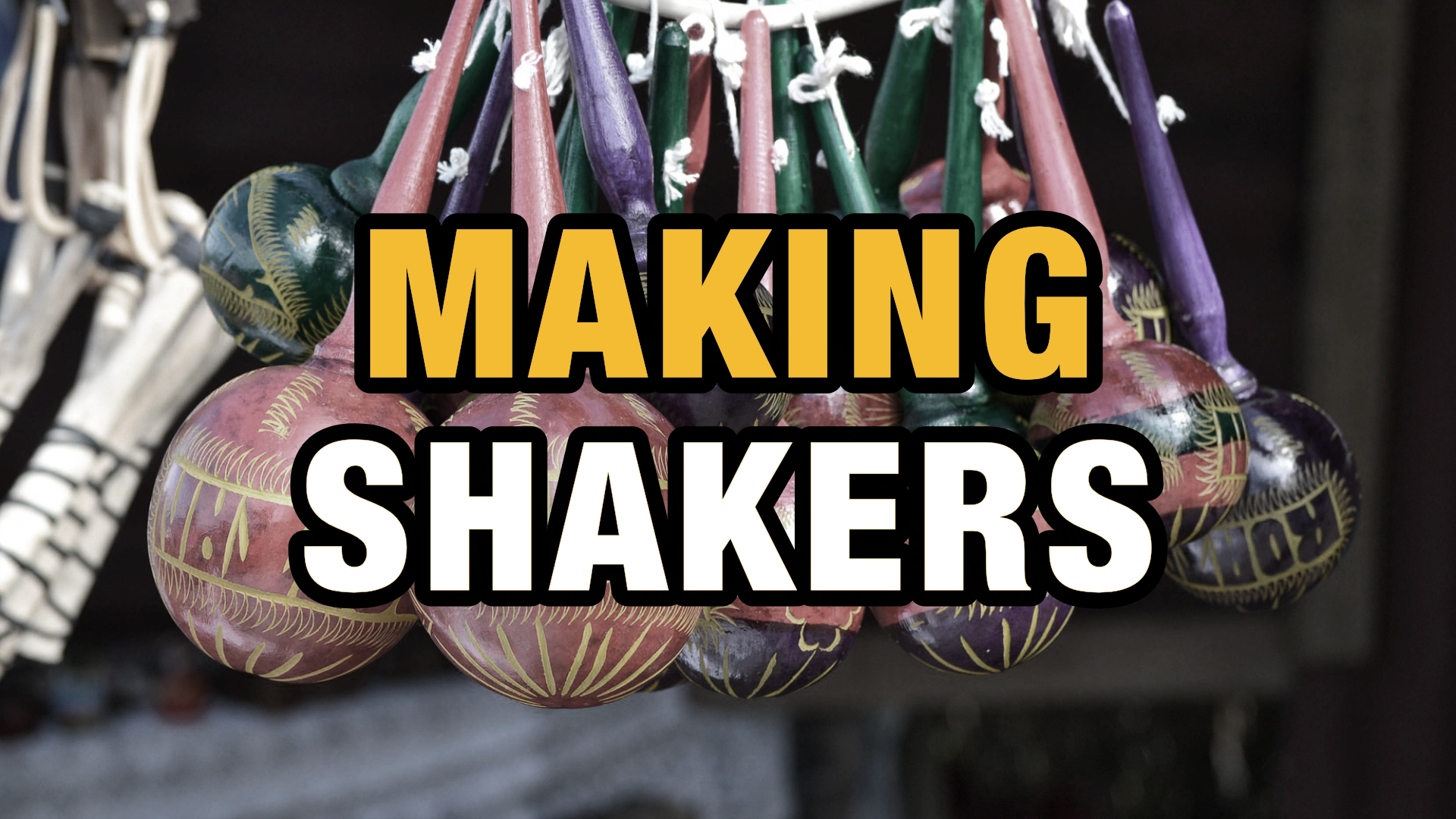 Shakers have been around forever, not only because it is such a simple music instrument to play, but because they add a lot of interesting variation in the rhythmic texture.
Shakers have been around forever, not only because it is such a simple music instrument to play, but because they add a lot of interesting variation in the rhythmic texture.
There are endless variations of shaker instruments in the world, but some of the most classic ones are: tambourine, maracas, cabasa, seed shakers etc.
But instead of buying a bunch of shakers, why not have some fun and create your own shakers? It’s easy, and you have so many options to create your own unique shaker instrument.
How to create a Shaker Instrument
Step one is to find a container that will hold the material you will shake. The size of the container as well as proportions and shape will have a big impact on the final sound. The material will also change the tone color in various degrees.
Step two is to choose what type of material you will pour into the container, the actual stuff that will create the rhythmic shaker sound and texture. What is important here is that the smaller the grains (sand, salt etc.) the softer and more uniform the shaker sound texture will become. Too tiny grains will not work, like flour. But sand, salt, tiny seeds and full grains can be very effective for shakers.
If you want more of that “scattered” but hard sound, you can try pouring in bigger grains into your shaker container. Small pebbles, beads, and “harder” materials can add that type of sound.
Of course, if you want to be really creative, you can mix different types of materials in your shaker container.
How to use Shakers in Your Music
The fun thing about shakers is they have so much variation in their texture when you shake them, every single “shake” will create a unique sound do to the chaos inside.
Some things to consider is that the angle you shake will make a difference, especially if you use a “tube” like container like a bottle or jar, because the grains inside will bounce either on the sides or in the direction from top to bottom of the container. You also shake it diagonally to create a mix of these, and of course mix it up in your performance if you like.
Another very important aspect is to keep in rhythm to the music your record to, you have to factor in the time it takes from you start the shaking movement, until the grains actually hit a wall and create a sound. There will be some natural delay that you need to compensate for by moving your hand before the beat to align the actual rhythmics “hits” inside your shaker to the beat of the music.

